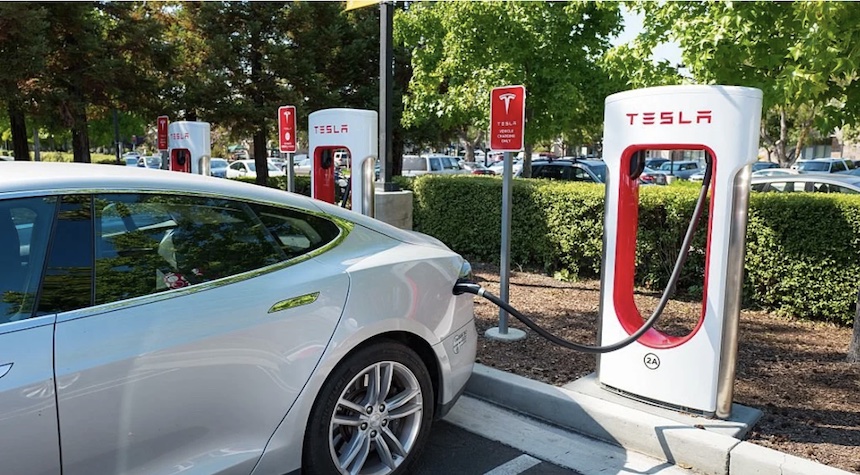J.D. says that more than half of the electric vehicle charging stations in 2022 weren’t usable by drivers.
Using data compiled in the first half of 2022 and a survey of more than 11,500 drivers, 20% of drivers failed to charge their vehicles at the nearest EV charging stations. In the latter half of the year, the number slightly rose to 21% according to Kelley Blue Book.
J.D. Powerpoints illustrate that charging stations may not be always open for public use. 72% of EV drivers reported that they were out of service.
According to the Daily Caller, Brent Gruber (Executive Director of Global Automotive at J.D. Power) was interviewed.
Kelley Blue Book also lists reasons for unsuccessful charges, such as software problems or vandalized chargers.
The issue was raised by President Biden via Twitter two days after the previous report was published. Biden stated that the government would use Elon Musk’s Tesla charging system as an addition to the stations.
“We need to ensure that all drivers can use our electric vehicle charging network. Elon Tesla will make it possible.”
Tesla CEO replied, “Thanks, Tesla is happy to support other EVs via our Supercharger network. ”
In building our EV charging network, we have to ensure that as many chargers work for as many drivers as possible.
To that end, @elonmusk will open a big part of @Tesla‘s network up to all drivers.
That’s a big deal, and it’ll make a big difference. https://t.co/hb6pyVhtbg
— President Biden (@POTUS) February 15, 2023
Biden pledged to build 500,000 charging points across the nation by 2030. Bloomberg reports that this number is 10 times greater than the current total. California will also require over 1,000,000 charging stations to supply the five million emission-free cars it wants to see on its roads by 2030.
According to the Zero Emission Transportation Association, $30 billion will be needed to provide rebates and grants for home charging, as well as grants to tribal, state, and local governments. Many European car manufacturers have already committed to a zero-emission goal by 2050.

